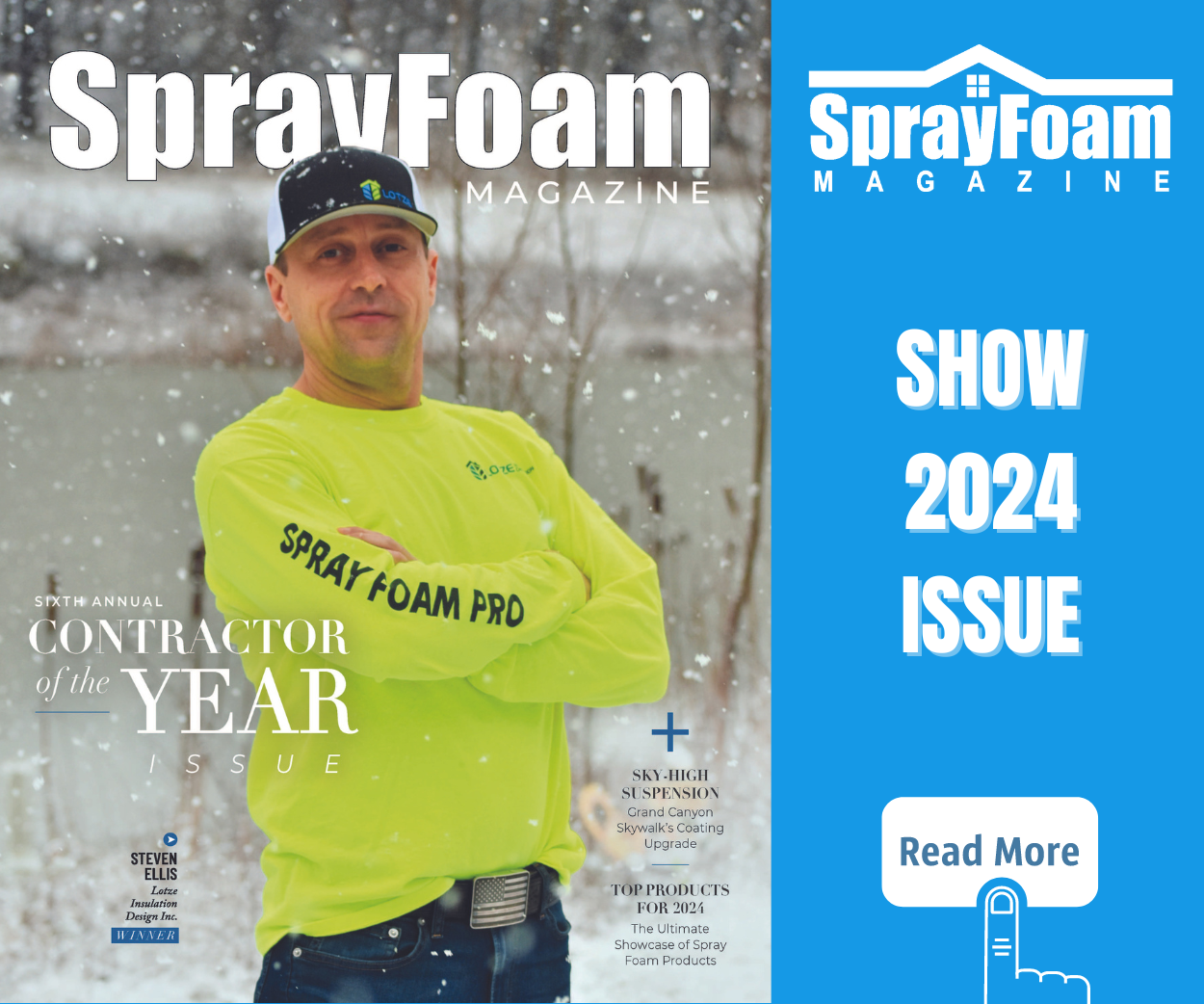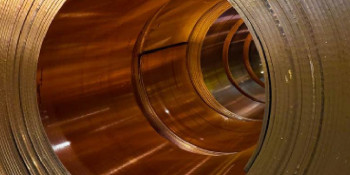Q&A Forums
skim coat Post New Topic | Post Reply
| Author | Comments |
|---|---|
|
Posted: Sep 02, 2010 09:51 AM
|
skim coat
mason,what is your professional opinion regarding the applicators who tell folks,,, "the best bang for your buck is a skim coat of foam",,,,that is an "itty bitty" layer,,thats 1/8" to 1/4" of closed cell foam skim coat followed with either a batt or net and blown or cellulose wet spray or dense pack appliction? are these consumers going to reap any real performance/energy savings rewards???? dude |
|
mason
Posted: Sep 02, 2010 10:17 AM
|
As you probably already know, a skim coat of closed cell SPF is not a good idea. 1. Lifts that are less than 1/2 inch thick tend to have poorer physical properties. You need a minimum volume of material for the exothermic reaction to take place that makes good foam. We have found in the industry that for most closed cell sprayfoam systems, that would be 1/2 inch. 2. It would be very hard to seal all of the cracks, crevices and voids with only a 1/4 inch of foam. Plus, expansion and contraction caused by thermal shock or building movement could likely cause the foam to crack. 3. It is really difficult to spray less than 1/2 inch in most circumstances. You would need a very small tip or very low pressure when installing the foam between stud wall cavities. So, I don't think the customer will be getting their money's worth with such a thin application of ccSPF. |
|
Posted: Sep 03, 2010 07:02 AM
|
so mason,, does this application afford any "real" performance increase to the insulation wall system? will the air barrier envoked provide any "decrease in energy usage" for this wall system,,and if so,,in your estimation how much of a savings? dude |
|
mason
Posted: Sep 03, 2010 12:12 PM
|
foamdude, Too many factors that could affect the performance of the system to make a good prediction 1. You could have condensation issues in the winter and that would reduce your fiberglass efficiency fairly severly. If the foam actually stopped air infiltration or slowed it down significantly, any water from condensation would be harder to dry out. 2. The air barrier properties of the foam might be miniscule if the building movement cracks the foam at the seams and edges At best you would receive marginally better performance with the fiberglass. In the worst case you would have moisture build up in the cavities and worse energy performance than the fiberglass by itself. As I said before, not a good idea. |





























